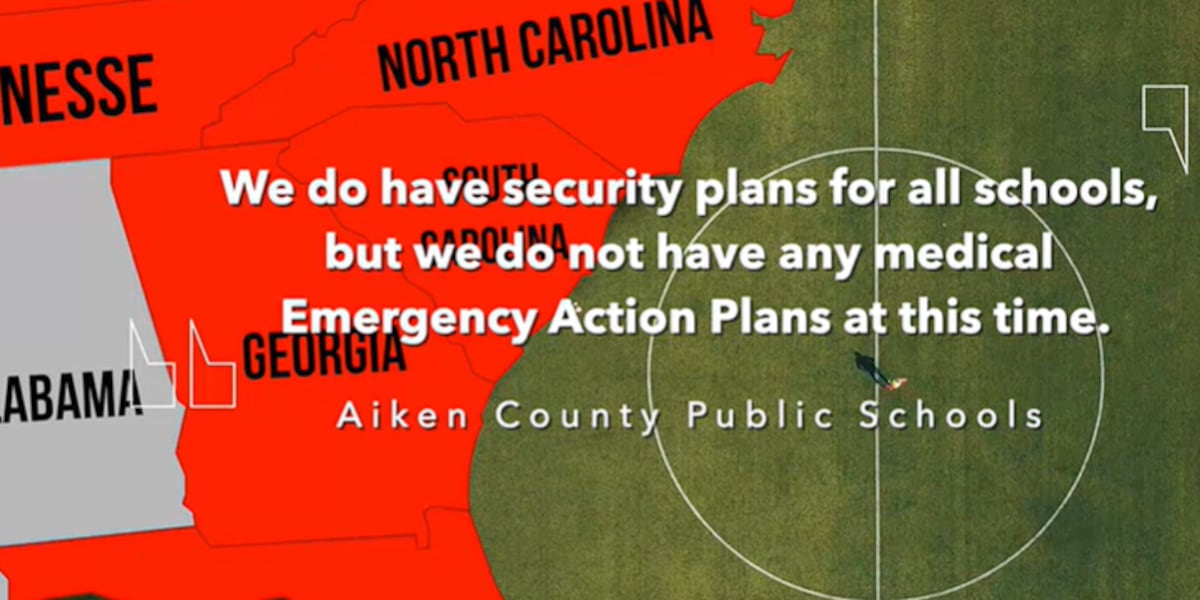Sports Safety Gaps: CSRA Schools Caught Unprepared for Athletic Emergencies

Emergency Preparedness Gaps: Sports Safety Concerns in CSRA Schools
Despite mandatory requirements, many schools in the Central Savannah River Area (CSRA) are falling short in developing comprehensive emergency plans for sporting events. While regulations clearly stipulate that each venue should have a location-specific emergency response strategy, the reality reveals significant inconsistencies in safety preparedness.
School administrators are legally obligated to create detailed emergency protocols that address potential risks during athletic competitions. However, current assessments indicate that not all institutions have fully implemented these critical safety measures. The lack of standardized emergency planning leaves student-athletes, coaches, and spectators potentially vulnerable during high-intensity sporting events.
The importance of location-specific emergency plans cannot be overstated. Each sports venue presents unique challenges and potential hazards that require tailored response strategies. From medical emergencies to severe weather incidents, schools must be equipped with precise, actionable protocols that can be quickly deployed to ensure participant safety.
Educational leaders and athletic directors are now being urged to conduct thorough reviews of their current emergency preparedness, identifying and addressing any gaps in their existing plans. The goal is to create a comprehensive safety framework that protects everyone involved in school sporting activities.
